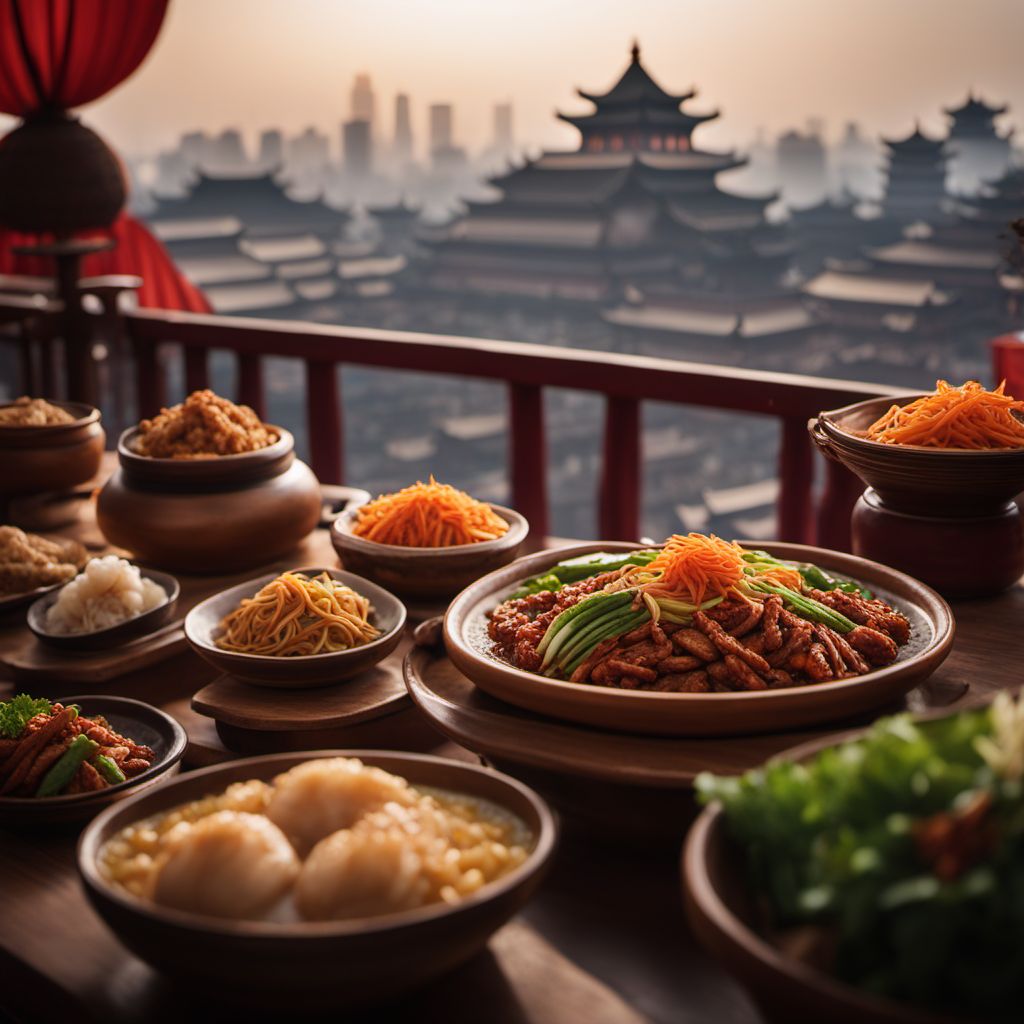
Cuisine
Shandong cuisine
Shandong cuisine is known for its bold flavors, with a focus on seafood and meat dishes. The cuisine is characterized by its use of vinegar, garlic, and ginger, as well as its emphasis on texture and freshness. Shandong cuisine is also known for its use of braising, stewing, and deep-frying techniques.
Typical ingredients
Seafood (including prawns, scallops, sea cucumber), Pork, Chicken, Beef, Garlic, Ginger, Scallions, Soy sauce, Vinegar, Shandong-style noodles
Presentation and garnishing
Dishes are often presented in large communal platters, with an emphasis on visual appeal. Garnishes may include scallions, cilantro, and red chili peppers.
Shandong cuisine is also known for its use of vinegar, which is said to help aid digestion and prevent food poisoning.
More cuisines from this region...
Sichuan cuisine, Cantonese cuisine, Shanghai cuisine, Shanxi cuisine, Zhejiang cuisine, Putian cuisine, Chiuchow cuisine, Teochew cuisine, Yunnan cuisine, Hakka cuisine
History
Shandong cuisine has a long history, dating back to the Zhou Dynasty (1046-256 BC). The cuisine was heavily influenced by the region's geography, with its proximity to the sea and the Yellow River. Shandong cuisine was also influenced by the imperial cuisine of the Qing Dynasty (1644-1912), which was based in Beijing.
Cultural significance
Shandong cuisine is considered one of the Four Great Traditions of Chinese cuisine, along with Cantonese, Sichuan, and Huaiyang cuisine. It is also known for its association with Confucianism, as Confucius was born in Shandong Province.
Health benefits and considerations
Shandong cuisine is generally considered healthy, as it emphasizes fresh ingredients and a balance of flavors. However, some dishes may be high in sodium or fat.
Shandong cuisine recipes Browse all »

Shandong-style Qurutob
Savory Shandong Delight: A Twist on Traditional Qurutob

Shandong-style Mac and Cheese
Savory Shandong Noodle Bake

Shandong-style Green Sauce with Eggs and Potatoes
Savory Delight: Shandong-inspired Green Sauce with Eggs and Potatoes

Shandong-style Braised Pork with Vegetables
Savory Shandong Pork Medley

Shandong-style Bread Soup
Savory Delight: Shandong-style Bread Soup with a Twist

Shandong-style Kavaabu
Crispy Fish Cakes with Shandong Flair
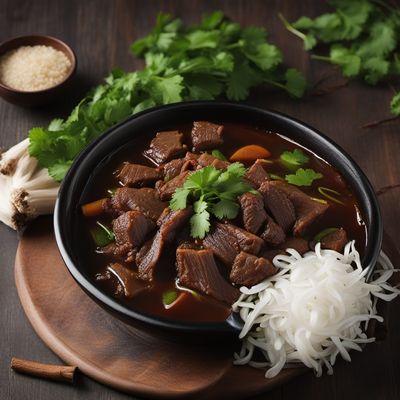
Shandong-style Braised Beef Stew
Savory and Spicy Shandong Beef Stew: A Hearty Delight
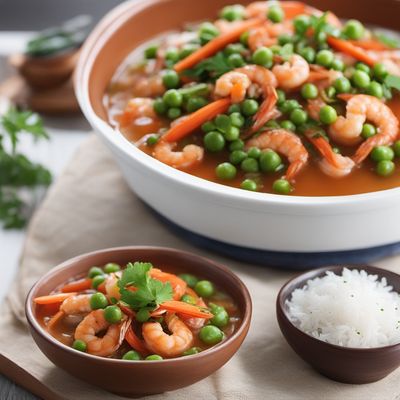
Shandong-style Majadito
Savory Shandong Rice Delight
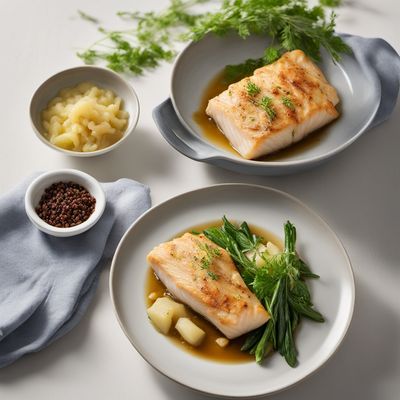
Shandong-style Steamed Cod with Creamy Potato Mash
Silky Steamed Cod in Shandong Creamy Potato Mash
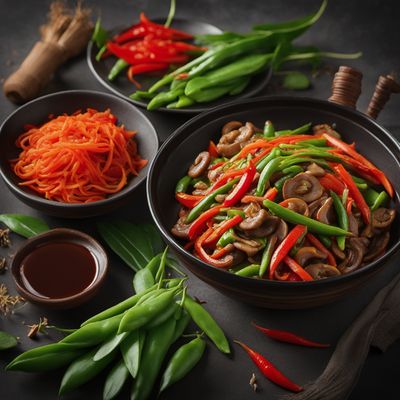
Shandong-style Stir-Fried Vegetables
Wok-tossed Garden Medley: A Burst of Shandong Flavors

Shandong-style Spicy Pork Stir-Fry
Fiery Pork Medley: A Spicy Shandong Delight

Shandong-style Steamed Buns
Savory Delights: Shandong-style Steamed Buns with a Twist